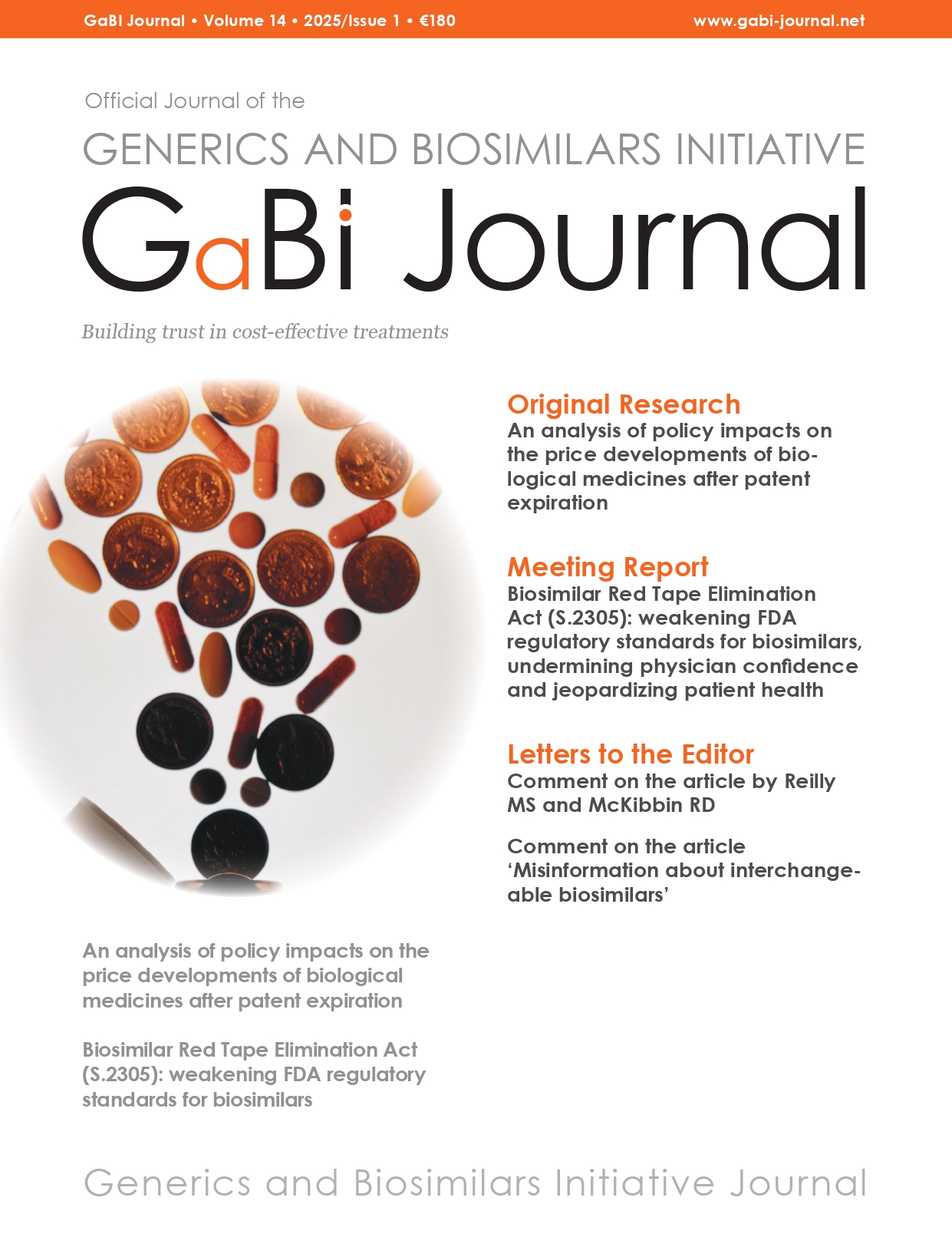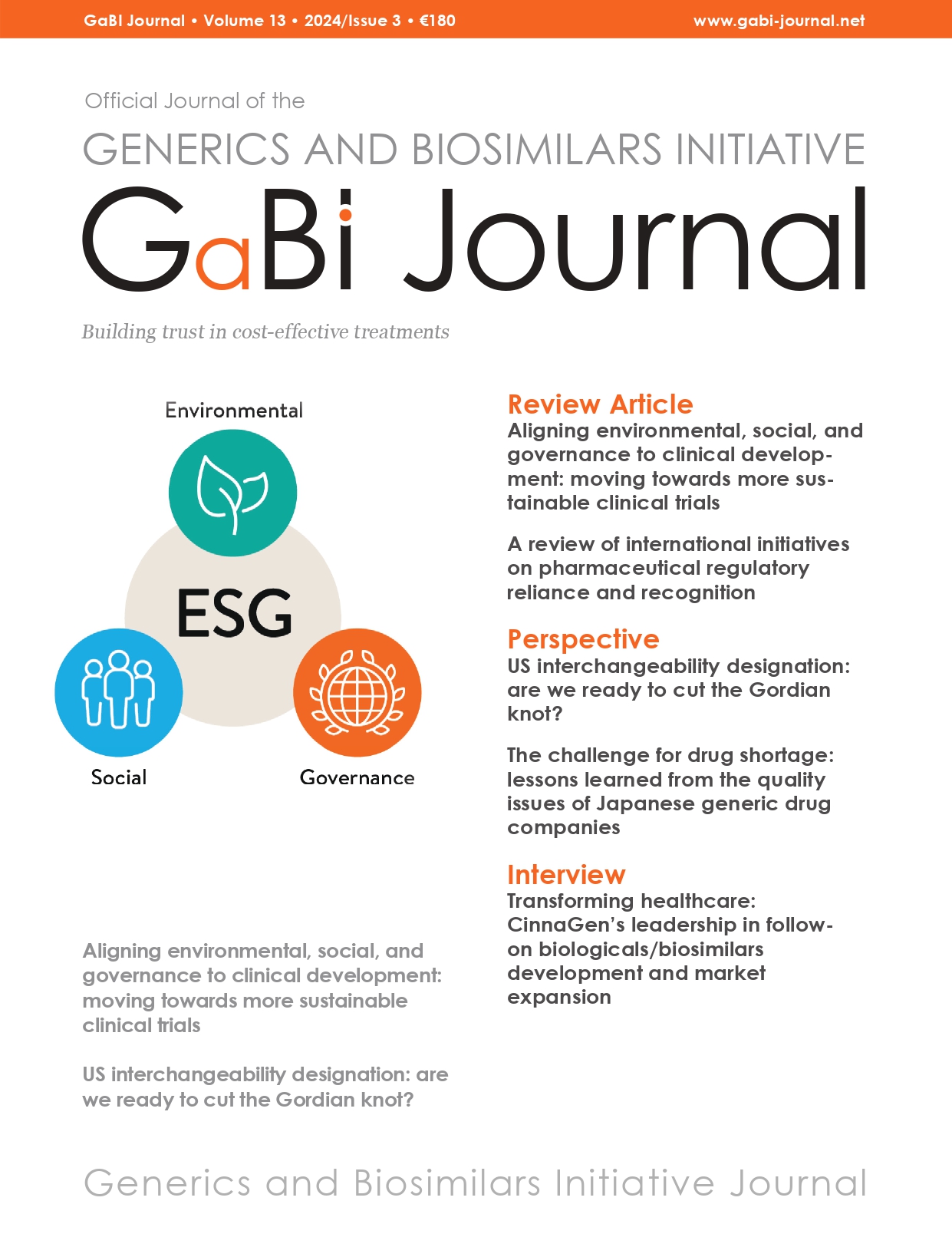Biosimilar monoclonal antibodies—challenges and opportunities in Europe
Abstract: New regulations for the development of biosimilars have been introduced in Europe and a new class of biosimilars – monoclonal antibodies – is expected on the market soon, which will both challenge and benefit our healthcare systems. Submitted: 3 June 2013; Revised: 16 July 2013; Accepted: 23 July 2013; Published online first: 5 August […]


